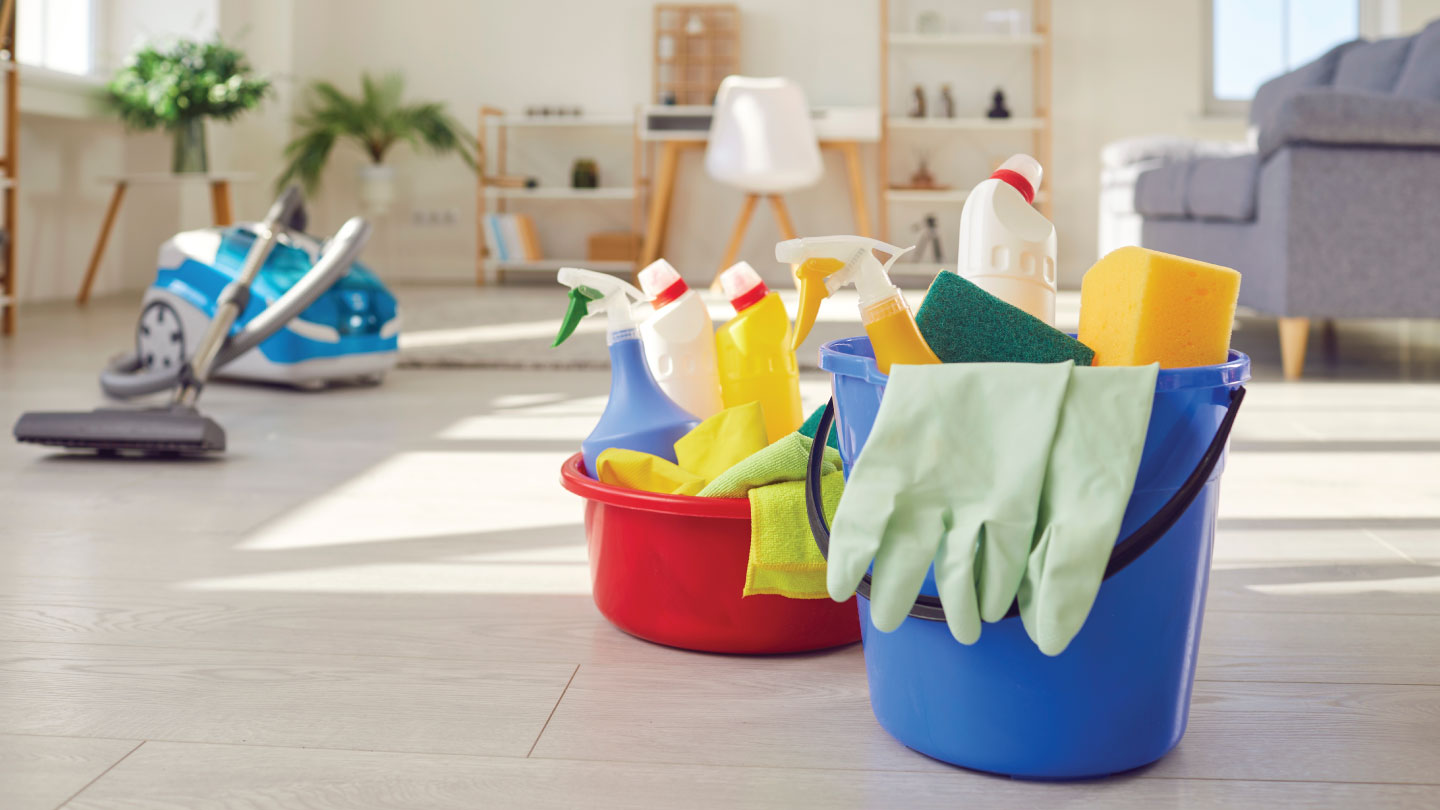Parenting
Take A Break From Your Child: Why You Need It And How To Do It
While being extremely fulfilling, parenting can also be tough. The pressures of everyday life can leave you feeling guilty, plagued by a sense that you could do a better job only if you had a little more time. Taking a break is critical to de-stress from the challenges of modern parenting.

According to a 2018 survey by Munchery (US meal delivery service), parents get less than an hour per day of ‘me time.’ 32 per cent of parents surveyed say that they don’t actually stop working until at least 8:00 pm at night. 24 percent spend more than 30 hours every week directly taking care of their kids in addition to other responsibilities such as grocery store trips, school pick-ups, and taking kids to various other activities.
A break gives you some downtime to relax, think and stimulate new ideas, finds the 2017 paper “Switching On Creativity”. Without any time to recharge, you are less productive, prone to making more mistakes, and less interested in what you’re doing. Also, breaks keep you more focused and helps you manage your stress.
Experts say that you cannot give your children your best if you are tired, burnt-out, and defeated. It’s not selfish to be nurtured as a parent, as that will allow you to be your best for your child. Here’s a quick overview of self-care routine for parents, you may like to include as a part of parental self care strategy, prepared by Kristi Yeh, licensed marriage and family therapist (LMFT) and an author of Running for Mental Health, A How-To Guide, who also runs a podcast called @thementalmile.
Science Behind Breaks
Your brain has two modes when working, the ‘focus’ mode and the ‘diffuse’ mode. The ‘focus’ mode is working when you’re doing brain-intensive activities, like solving puzzles, trying new recipes and making to-do lists. The ‘diffuse’ mode is at play when you’re relaxed and making decisions without any stress.
While, you might assume that you need focus mode to get more done in a day, diffuse mode plays a big role too.
A study published in the Proceedings of the National Academy of Sciences, 2009 finds that activity in numerous brain regions increases when your mind relaxes and wanders outside of your daily chores. In fact, your mind solves complex problems, and makes better connections while relaxing–just like you get better ideas when you’re driving or taking a shower.
Focusing too much on parenting can prevent you from using the diffuse mode. And as it turns out, you frequently require the diffuse mode to be able to solve new challenges every day–a power you definitely need in your parenting armour.
Ok, so now you know why taking breaks is a scientifically proven method for regaining your focus, how do you really step away from your parenting responsibilities? Here’s how.
Related story: Parent's Guide To Teaching Children Correct Pronouns And Binaries
Strategies To Take Breaks
A 2022 wellness report for parents from Ohio State University (OSU) recommends making up your mind and your environment to take breaks. It encourages a thinking model where you, as a parent, ‘increase your resources’ and ‘decrease your stressors’ to have some me time.
Increasing your resources means allocating flexible working hours for yourself (if you can) or asking a family member to help with childcare, enrolling in wellness programs or finding people to carpool for child-related activities. Decreasing your stressors means getting 7 hours of sleep every night, having children help with household chores (depending on age) and decreasing the number of after-school activities.
The report shares five evidence-based strategies for parents to help every day. It includes
1. Prioritising self-care (drinking a warm beverage slowly, doing a 5-minute meditation, dancing to your favourite music, or walking up and down the stairs)
2. Being kind to yourself (not feeling guilty for saying ‘no’)
3. Talking to someone you trust about your emotions (friends and family)
4. Building mental resilience and coping skills (doing deep abdominal breathing, practising gratitude and self-affirmations)
5. Asking for help (talking to a healthcare provider)
An effective strategy, according to the paper Take a Break! is to have a 5-minute break once every hour (also known as Pomodoro technique). And, as per CDC (Centers for Disease Control And Prevention), 2015, that break should (preferably) include some movement: (a) a short walk, (b) stretch, (c) phone calls on walk, or (d) fetching some healthy snack to eat. While the strategy doesn’t particularly keep parents in mind, including these suggestions is both physically and mentally helpful (studies prove that exercise and movement not only boosts mood, but improves your cardiovascular and overall physical health.)
Another strategy, endorsed by many parents, is to divide the child-related chores into small chunks. For instance, after you attend to your kid for 90 minutes, you can take a short 5-minute break. After four of these short sessions, you can take a longer break of 30 minutes. Working in compact time periods helps you to eliminate distractions, and focus on having quality time with your kid.
For instance, Claire Gawinowicz, a certified parenting educator for the Center of Parenting Education gets her relaxation when her husband gets home from work. It’s her time to go to the library and read magazines, an activity that doesn't drain her but offers rejuvenation and a break.
But, while some people need to be alone, others like to be part of a crowd. While some re-energise by exercising or listening to music, others do so by reading a good book or watching an old movie. Needs are personal. Try to gauge how and when it’s time to replenish your supply of energy, and then just do it!
If you can’t figure out your needs, try out this survey released by OSU, prepared by Kate Gawlik (associate professor of clinical nursing) and Bernadette Melnyk, PhD (OSU’s Chief Wellness Officer).
How To Prepare Your Child To Take A Break
The disciplining part of preparing your child to let you take parental breaks won’t come easily. There may be some resistance to your new schedule, but remember that it’s in your child’s best interests for you to have these planned breaks.
From time to time, you may need to revisit the rules, hold your ground, and help your child learn self-control when you’re trying to establish the routine of taking breaks.
Here are some ways to prepare your child while you take break:
Coach, not control: Use loving guidance to prepare your child for break. Instead of sounding frustrated about how badly you need a break, approach your child with calmness and compassion. Talk and let them know. This will also help them realise the importance of self-care, thus leading by example.
Say something like, “I need to relax and calm down before I can help you with the next task” or “I am going out for 10-minutes to catch up some fresh air.” Be confident when you talk. Just because your child is not happy with a rule does not mean you need to alter your plan. Repeat simple phrases often before them.
“I’m doing this for me.”
“I deserve this.”
“I need to take care of my body.”
Get their hands deep in experiments: Research shows that any inventive endeavour can engage kids and keep them happier, thus helping you carve some time out for your breaks. Start with what your child loves to do. Come up with a plan and give your kids some fun activities such as crafts, DIY science experiments, or drawing.
But what if your kid holds zero appeal for drawing, writing or playing music? That’s okay. Creativity isn’t just about fine arts, it’s seeing the world in a new light. Noticing an unusual cloud pattern, tasting a new food can be a creative event too. You can even encourage them for unstructured play. The goal is to let them figure out new things while you can have some time for yourself.
Timing is everything: Kids often cycle between periods of calm and fussiness. You know your child best and understand their good and not-so good times of the day. Try not to leave when your child is tired, hungry, or restless. If at all possible, schedule your departures for after naps and mealtimes. That’s when they’re most calm and consistent in their behaviours. This makes your break time more convenient for you.
Create an exit ritual: Practise short separations and work towards longer ones. You can take the assistance of a trusted friend or relative while you go for a quick break and see how it goes. As a trick, you can leave a soft toy or object with your child that they love. This can help them to self-soothe even if they are not very happy about you being away. Finally, make goodbyes quick and positive. Smile and assure your child you’ll see them soon.
Discuss about your plan: Part of what makes children anxious is the fear that you’re leaving them. Discussing plans for your return helps to ease this fear: “After I finish my meditation at the park, I’ll come and pick you up and we can go to the playground nearby and fly kites together.” A plan in place helps them feel good, safe and confident that you will always come back.
Related Story: Does Your Child Have Separation Anxiety?
Follow through your promises: It's crucial to remember to arrive when you said you would. This is crucial because it will give your youngster the assurance that he or she can get through their time apart.
Appreciate once you’re back: Send messages to your children that help them to appreciate their support. You can say something like these below.
“Thanks for being such an awesome kid.”
“I appreciate you taking care of yourself when I am out.”
“I am grateful to you. You make me proud.”
Related Story: 20 Phrases Your Child Wants To Hear
EXPLORE MORE
Here’s how gentle screen time supports early development of kids and what shows you should pick to nurture young minds.
From partners to parents to friendships, phubbing is disrupting relationships everywhere. Learn more about it and how to reorient yourself.
From acidity to poor sleep, here are safe fixes that fit easily into everyday routines.
Smart cleaning tips to keep in mind so those with asthma or allergies can breathe easier.














